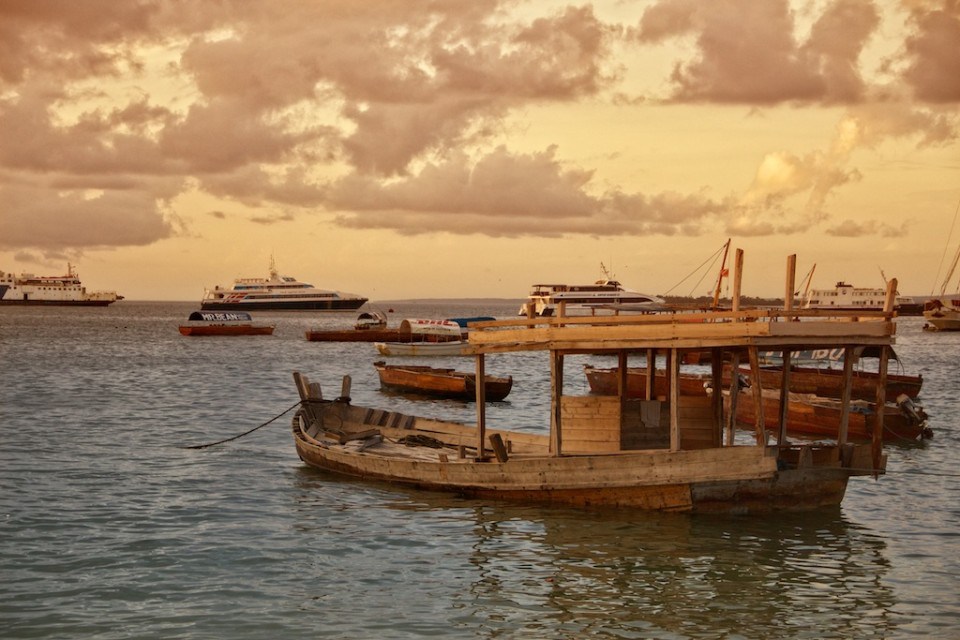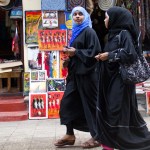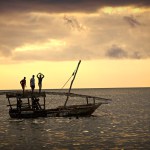
Zanzibar is an island partner within the United Republic of Tanzania which is located in the Indian Ocean about 38km off the coast of mainland Tanzania at six degrees south of the Equator. Zanzibar is made up of many islands, the main two being Unguja (usually called Zanzibar), and Pemba. The highest point is 390 feet above sea level.
 Zanzibar has lured traders, adventures, plunderers and explorers to its shores for centuries. The Assyrians, Sumerians, Egyptians, Phoenicians, Indians, Chinese, Persians, Portuguese, Oman Arabs, Dutch and English have all been here at one time or another. Some, particularly the Shiraz Persians and Oman Arabs, stayed to settle and rule. With this influence, Zanzibar has become almost entirely Islamic. The earliest building that remains on Zanzibar is the mosque at Kizimkazi, which dates from 1107, and is a present–day tourist attraction.
Zanzibar has lured traders, adventures, plunderers and explorers to its shores for centuries. The Assyrians, Sumerians, Egyptians, Phoenicians, Indians, Chinese, Persians, Portuguese, Oman Arabs, Dutch and English have all been here at one time or another. Some, particularly the Shiraz Persians and Oman Arabs, stayed to settle and rule. With this influence, Zanzibar has become almost entirely Islamic. The earliest building that remains on Zanzibar is the mosque at Kizimkazi, which dates from 1107, and is a present–day tourist attraction.
For centuries the Arabs sailed with the monsoon winds from Oman to trade primarily in ivory, slaves, and spices. Zanzibar and Pemba Islands provided an ideal base for the Oman Arabs, being relatively small, and therefore fairly easy to defend. Indeed, in 1832, Sultan Seyyid Said, of the Busaid dynasty that had emerged in Oman, moved his Sultanate from Muscat to Zanzibar, perhaps making it easier to protect, where he and his descendants ruled for over 130 years. Most of the wealth lay in the hands of the Arab community, who were the main landowners at that time.
Widespread intermarriage between Shirazis and Africans gave rise to a coastal community with distinctive features and a language derived in part from Arabic, which became known as Swahili. The name Swahili comes from the Arab word “swahili”, meaning ‘coast’. The Zanzibar descendants of this group were not greatly involved in the lucrative slave, spice and ivory trades. Instead, they immersed themselves mainly in agriculture and fishing. Those Shirazi that did not intermarry, retained their identity as a separate group. Indian traders arrived in connection with the spice and ivory trade, and quickly settled as shopkeepers, traders, skilled artisans and professionals. The British became involved in missionary and trading activities in East Africa, and attempted to suppress the slave trade centered in Zanzibar.
Goods from Britain docked here before they moved on to other parts of Africa. No longer very prosperous in the fiscal sense, the island has a wealth of historical monuments to visit which commemorate the African, British, and particularly Arab influences — sultan’s palaces, cathedrals, mosques, fortresses and old colonial houses. Spice Tours are the ideal way to see the island’s historic sites and spice plantations. There is also a sanctuary for the rare Zanzibar duiker and the red colobus monkey in the protected Jozani Forest, just twenty–five kilometers from the town.
 About 97% of the local population is Muslim, the remainder being Hindu, Christian, and some with traditional beliefs. As well as many mosques, Stone Town hosts an Anglican and a Catholic cathedral, as well as a Hindu temple.
About 97% of the local population is Muslim, the remainder being Hindu, Christian, and some with traditional beliefs. As well as many mosques, Stone Town hosts an Anglican and a Catholic cathedral, as well as a Hindu temple. The heat of summer is seasonally often calmed by windy conditions, resulting in pleasant sea breezes, particularly on the north and east coasts. Being near the Equator, the islands are warm all year round but officially summer and winter peak in December and June, respectively. Zanzibar is blessed with an average of 7-8 hours of sunshine daily.
The heat of summer is seasonally often calmed by windy conditions, resulting in pleasant sea breezes, particularly on the north and east coasts. Being near the Equator, the islands are warm all year round but officially summer and winter peak in December and June, respectively. Zanzibar is blessed with an average of 7-8 hours of sunshine daily.WINTER — June to October is usually warm, with rains in June, but otherwise sunny.
BEST – December to March and July to October.
Anti-malaria medication is recommended when traveling within East Africa, and tablets are recommended to be taken a few days prior to arrival, during your stay, and for a short period after returning home — depending on the schedule of the type you are taking.
